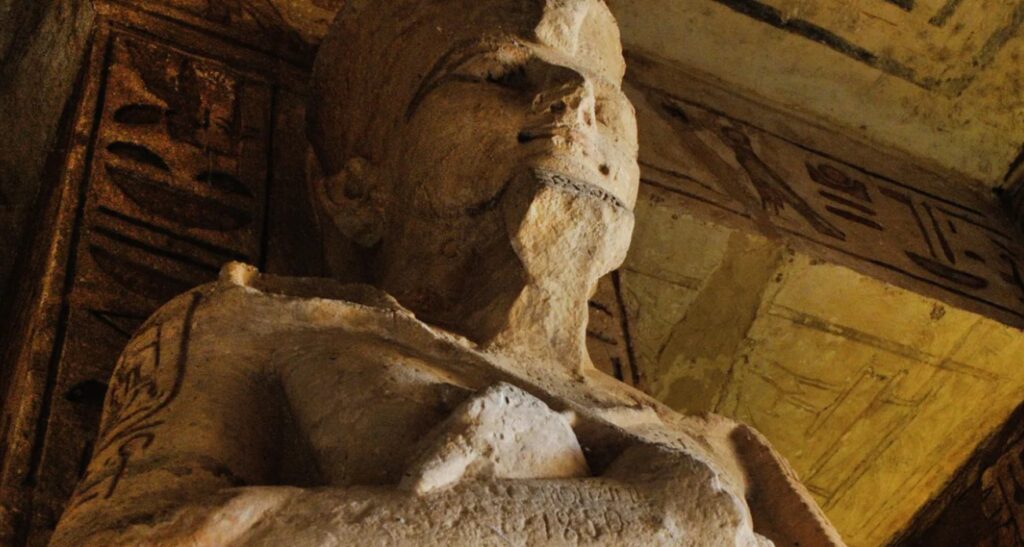SOAP MUMMIES: WHY SOMEBODIES TURN INTO SOAP WHEN THEY’RE BURIED
Death is a part of life. The only certainty is that if you die, the components will have a toll on your body. If you decide to be disposed of through the rite of cremation, your body will dissipate into ash and smoke. Will decompose through the assistance of germs and insects. Left in a sterile environment, as the Egyptians were fond of, flesh mummify and can harden. And, under the perfect conditions, on occasions, your body can become soap!
SLIPPERY BEGINNINGS
A chemical process is known as”saponification,” or”making to soap,” is at work in these instances. People use this procedure to generate soap from animal fats and vegetable oils. The triglycerides in the substances develop through support such as sodium or lye chloride. However, while saponification occurs to humans, it is usually not on purpose–Fight Club notwithstanding. Bodies that end up in soil or water with the enzymes may have their fat. After the rest of the body decays, it leaves the skeleton covered in thick deposits of tan or grayish-white”soap”
A tree was deemed the Tree of the Year of Europe. Scots pine in the Czech Republic, the tree is known as the Guardian of the Flooded Village. Legend claims the devil would sit under the tree at night and the violin playing with, warding trespassers off in which it stands in the village which existed. Estimated to be 350 years old, the tree has stood against centuries of human effects and climate change.

This is the case with”soap mummies,” whose bodies have converted fat deposits into a waxy substance. Called adipocere–colloquially called”grave wax” or”corpse wax”–this substance generally forms in environments that are warm, wet, devoid of oxygen, and in the presence of bacterial enzymes, as Caitlin Doughty of”Request a Mortician” explains. Basically, on the face and organs, a firm cast of cells replaces putrefaction in its creation.
HISTORICAL REMAINS
These oddities are infrequent while, apparently, anybody has the capacity to turn into a soap mummy. Some of the most famous is the”Soap Lady,” exhibited at the Mütter Museum in Philadelphia, along with the”Soapman,” exhibited at the Smithsonian National Museum of Natural History in Washington, D.C. Both specimens were exhumed from the exact same Philadelphia graveyard in 1875, as construction on a new train depot demanded the elimination of gravesites. Water had seeped their caskets into both, bringing soil from decaying how, and preventing the bodies buried remains to do.
Learn More: DEBUNKING THE FIVE SECOND RULE
To make papyrus to”newspaper” that the pith of the plant was cut into sheets. When first cut, the sheets will be hammered with their juices. The scrolls were left to dry once organized. The result was. This technique of using vegetation as a writing medium was used across cultures, however, the availability of papyrus sparked unprecedented creation of written papers across Europe. Paired with a society creating a written-language that was sturdy established government bureaucracy and structure, papyrus is viewed as a hallmark of culture with mummies and pyramids on par.
The scrolls from the Ripley collection are which makes them about 2,300 years old. Following Alexander the Great’s death, this period will see the installation of pharaohs that would rule until the kingdom was lost by Cleopatra to the Roman conquest.
If you look carefully, you will notice as you may expect, our scrolls aren’t covered in hieroglyphics. The script is Demotic. Demotic. This script was easier and was reserved for
Anthropologists can learn a lot, Even though it can be off-putting to find a body turned into soap. The fibers are better-preserved, providing scientists advice about when they lived Considering that the clothing is encased in wax, and their bones are intact inside the material. Technology such as CT scanners and X-rays can test the bones, helping to ascertain their age. The Soap Lady, for example, has no teeth, but analysis of her bones indicates she was in her 20s when she died.
Facts Check: True










